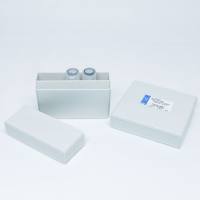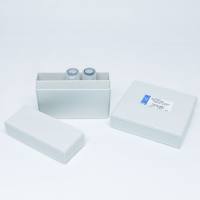Analysis of Telomeres and Telomerase
互联网
605
The terminal chromatin structures at the ends of eukaryotic chromosomes, the telomeres, are a focus of intensive research due to their importance for the maintenance of chromosome integrity. Their shortening due to incomplete replication functions as a molecular clock counting the number of cell divisions, and ultimately results in cell-cycle arrest and cellular senescence. Telomere shortening can be compensated by the nucleoprotein enzyme complex called telomerase, which is able to extend shortened telomeres. In humans, only embryonic and germ cells show telomerase activity that is sufficient for telomere length stability and cellular immortality. Unfortunately, telomerase is activated in cancer cells, which, thus, achieve unlimited growth and a malignant phenotype. Even if there were no any other links of telomere biology to other essential processes in the cell nucleus such as DNA repair, chromosome positioning, and nuclear architecture in mitosis and meiosis, the close connection of telomere biology to aging and cancer makes telomeres and techniques for their analysis important enough from the point of view of us, mortal and disease-prone people. In this chapter, we describe the most common types of analyses used in telomere biology: screening for typical and variant telomeric sequences, determination of telomere lengths, and measurement of telomerase activity.







